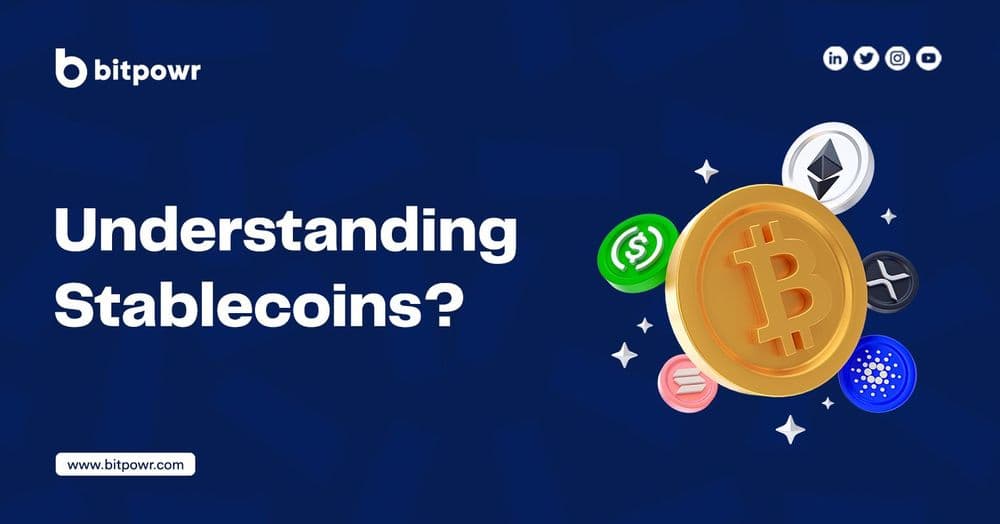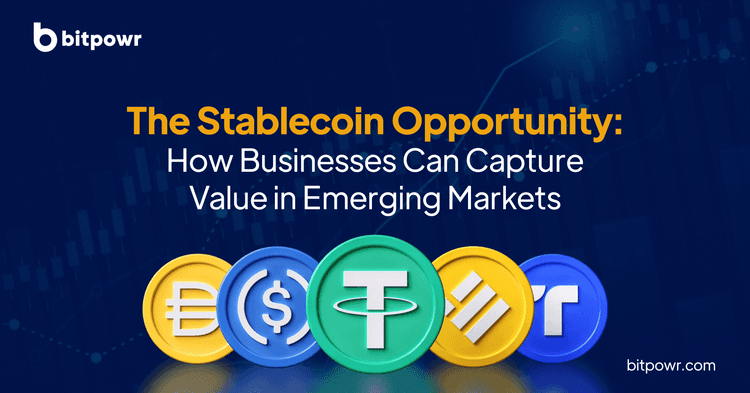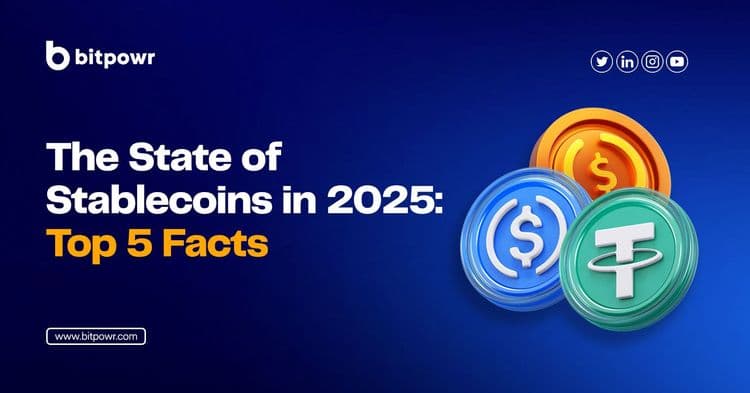Understanding Stablecoins.
The world of cryptocurrencies is still in its infancy, but it’s growing rapidly. While there are many benefits to using digital currencies as an alternative to fiat currency, there is also a risk associated with the volatility that can occur when investing in the former. One option for investors looking for stability is stablecoins.
What are Stablecoins
Stablecoins are digital assets that are pegged to another asset or currency, like the US dollar (USD) or gold bullion. They maintain their price relative to each other and provide stability during volatile periods by making purchases easier and more affordable. They are also not subject to exchange fees like most other cryptocurrencies.
Stablecoins have many uses, including:
- Providing an alternative to traditional money transfers and payments
- Transforming crypto into fiat currency through services such as Tether (USDT) or TrueUSD (TUSD)
Stablecoins can provide a safe haven in a volatile cryptocurrency market.
Advantages of Stablecoins
- They enable cryptocurrency investors to quickly and easily move in and out of fiat and crypto market as well as those who want to do so with both fiat and crypto at the same time.
- Stablecoins may also be used as a trading tool or an investment vehicle, much like traditional forex trading. They can be traded on exchanges and used as hedges against cryptocurrency volatility. You can even use them as an alternative to fiat money or other stable currencies such as gold and silver coins.
- Stablecoins are pegged to a fiat currency or other assets, with US dollar-pegged stablecoins being the most popular. In other words, they are backed by the value of another asset that’s not going anywhere (like gold).
How are Stablecoins Backed?
There are several ways to back a stablecoin. The most common and safest way is to back the token with reserve assets. These can usually be redeemed for the token in exchange for other cryptocurrencies, but they can also be held in reserve to maintain their peg.
Unlike other cryptocurrencies, stablecoins have an intrinsic value that cannot be manipulated by anyone (including the issuer), making them popular among investors who want to avoid volatility in their portfolios and make sure they get paid back in full when they trade them back out again.
Types of Stablecoins
There are three types of stablecoins based on the mechanism used to stabilize their value.
- Fiat-Collateralized Stablecoins
The value of this type of stablecoin is maintained by keeping an equal amount of fiat currency, such as US dollars, in reserve (1:1). eg. Only 50 million stablecoins, each worth $1, can be distributed by an issuer with $50 million in fiat money. This stablecoin is regarded as an off-chain asset since another cryptocurrency isn’t used as the underlying collateral. The majority of fiat-collateralized stablecoins, including Tether (USDT) and TrueUSD, have U.S. dollar reserves (TUSD). These reserves are frequently audited and are kept up by independent custodians.
- Commodity-Backed Stablecoins
Other forms of collaterals for stablecoins can be commodities like crude oil or precious metals like gold or silver. The most popular commodity to be collateralized is gold; Tether Gold (XAUT) and Paxos Gold (PAXG) are two of the most liquid gold-backed stablecoins. However, it is important to remember that these commodities can, and are more likely to, fluctuate in price and therefore have the potential to lose value.
- Crypto-Collateralized Stablecoins
Stablecoins with cryptocurrency collateral are supported by other cryptocurrencies. Such stablecoins are over-collateralized, meaning that the value of cryptocurrency kept in reserves exceeds the value of the stablecoins issued, because the reserve cryptocurrency may be subject to severe volatility as well. This process occurs on-chain and employs smart contracts instead of relying on a central issuer.
To protect against a 50% drop in the price of the reserve cryptocurrency, a cryptocurrency worth $2 million might be kept as a reserve to issue $1 million in a stablecoin backed by cryptocurrency. For instance, MakerDAO’s Dai stablecoin is backed by Ethereum and other cryptocurrencies worth 150% of the DAI stablecoin in circulation while still being pegged to the U.S. dollar.
- Algorithmic Stablecoins
When the market price of the token falls below the price of the fiat currency it tracks, an algorithmic stablecoin system reduces the number of tokens in circulation. Alternatively, if the token’s price exceeds the price of the fiat currency it tracks, new tokens enter the circulation to reduce the stablecoin’s value.
In some ways, it is similar to central banks, which do not rely on a reserve asset to maintain the value of the currency they issue. The difference is that a central bank, such as the Federal Reserve, sets monetary policy publicly based on well-defined parameters, and its role as a legal tender issuer adds to the credibility of that policy. In a crisis, algorithmic stablecoin issuers cannot rely on such advantages. For example, on May 11, 2022, the price of the TerraUSD (UST) algorithmic stablecoin fell more than 60%, effectively destroying its peg to the US dollar, as the price of the related Luna token used to peg Terra fell more than 80% overnight.
Conclusion
Though Stablecoins are still in their early stage, it provides some of the stability that most cryptocurrencies lack but they are not without risk.
While certain countries’ legal frameworks may impose new restrictions and demands on stablecoin issuers, it is expected that financial regulatory agencies and related stakeholders will continue to collaborate closely on methods to stimulate financial innovation while reducing the risk factor.
Bitpowr technologies help you as businesses build on the blockchain, manage your digital assets, and accept crypto payments.
Check out our documentation to learn more about our wallet services and other related products. Contact sales or send an email to [email protected] to get started!




